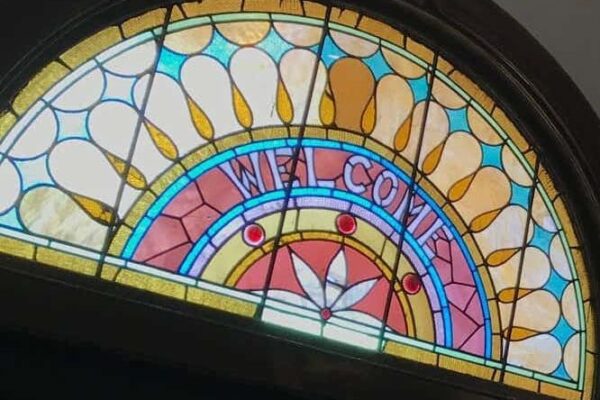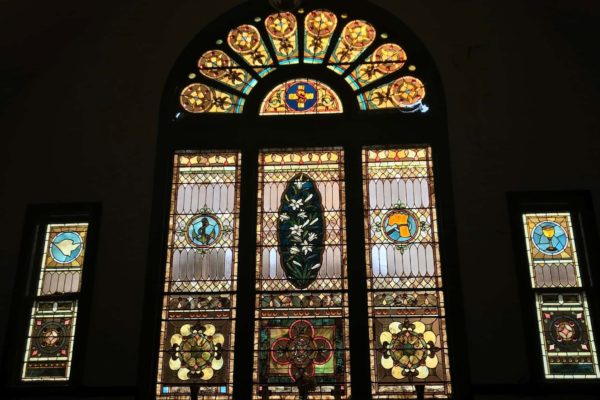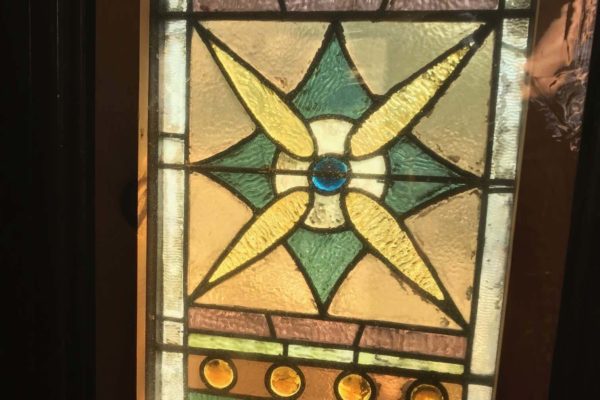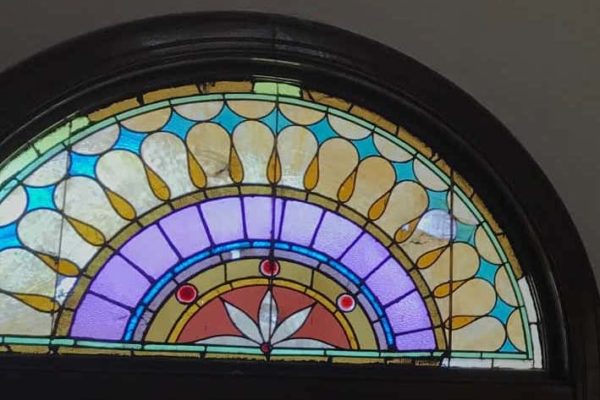Building Preservation Project
The church building located at 1 Holton Street in West Medford was built over 100 years ago by congregants of the Trinity Methodist Episcopal Church. Construction of the church building was a significant investment to create not only a place to worship but importantly, a center for community life. Names of some individuals who contributed to the formation of this community are memorialized in some of the building’s beautiful windows.
In 1965 the building was sold to the Shiloh Baptist Congregation which had outgrown its original home on Lincoln Street. The Shiloh congregation was established in the 1890s by African Americans who lived in the surrounding West Medford neighborhood to create a spiritual home and anchor institution supporting their community. At one time having over 700 members, the church building also housed many social and community activities, including the launch of the Mystic Valley chapter of the NAACP.
More recently the number of congregants on Sunday mornings has diminished due to church attendance trends globally, economic and demographic changes in Medford, and the COVID pandemic. Still, the church remains a gathering place for people with West Medford ties to come together for community celebrations. The church building can also provide space to meet broader community needs, such as childcare/after school care, antipoverty services, or adult education. Shiloh has joined Medford’s Resilience Hub Network which aims to coordinate communication and emergency services to vulnerable populations, and seeks to partner with organizations who will use their space to actively serve the community.
The legacy of mission-based community investment from the last century, church buildings provide valuable non-commercial space for serving community needs today, in addition to their historic significance. In order to protect this resource we need to restore them and bring them up to date so that they are safe and accessible. For this reason, Shiloh Baptist has received a Community Preservation Act grant from Medford that will enable them to evaluate the building and begin to address the most urgent needs for exterior restoration, which will likely focus on restoration of the building’s stained glass windows with their beautiful geometric designs.
The church and future partners will continue to seek funds to bring the building up to date, both inside and out. In the short term, however, the CPA grant will not be able to meet all of the urgent repairs. Specifically, a small number of its stained-glass windows have religious imagery which CPA funds cannot be used to restore, no matter whether the building is currently owned by a church or a non-religious entity. Thus, SBC is making an appeal to the community to help preserve this building and keep it as a community resource.




